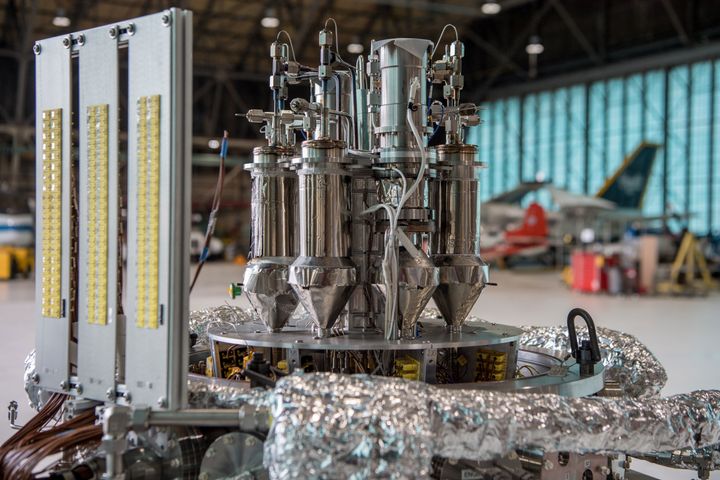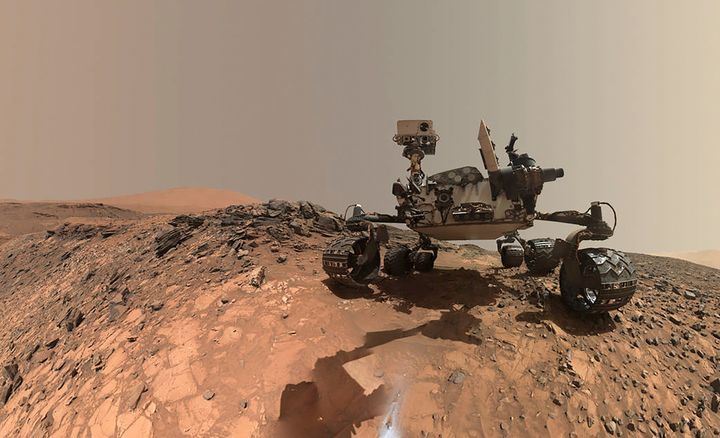NASA is to test a radical new type of ‘nuclear engine’ that will enable astronauts a constant and reliable source of energy on planets such as Mars.
It is essentially a miniaturised fission power system that can provide electrical power for spacecraft, rovers and even living spaces during future missions to Mars and the Moon.

Last worked on in the 60s, the space agency has revived the Kilopower engine as a means of getting around the limitations that come with using renewable power sources such as solar.
“A space nuclear reactor could provide a high energy density power source with the ability to operate independent of solar energy or orientation, and the ability to operate in extremely harsh environments, such as the Martian surface,” notes Patrick McClure, project lead on the Kilopower work at the Los Alamos National Laboratory.
The reactor itself is no bigger than a toilet roll and yet can produce double the amount of electrical power needed for the average home for a period of up to 10 years.
This would make it an ideal power supply for remote bases on Mars where there may be long periods in between humans occupying them.
The prototype (in the image above) is currently on its way to the National Security Site Nuclear Critical Experiment Research Center where it will undergo full testing.
How Does It Work?
NASA explains:
“The prototype power system uses a solid, cast uranium-235 reactor core, about the size of a paper towel roll. Reactor heat is transferred via passive sodium heat pipes, with that heat then converted to electricity by high-efficiency Stirling engines. A Stirling engine uses heat to create pressure forces that move a piston, which is coupled to an alternator to produce electricity, similar in some respects to an automobile engine.”
What Are We Using At The Moment?
Currently NASA and other space agencies are using an energy source called radioisotope thermoelectric generators (RTG).
RTGs are remarkably simple and use nothing more than the heat generated by radioactive decay.
They’re currently being used on a number of NASA missions including the Curiosity Rover, the two Voyager missions and even the Apollo missions to the Moon.

They’re reliable but can only produce a very small amount of power, nowhere near enough needed for long-haul missions to planets such as Mars.
“The big difference between all the great things we’ve done on Mars, and what we would need to do for a human mission to that planet, is power. This new technology could provide kilowatts and can eventually be evolved to provide hundreds of kilowatts, or even megawatts of power.” explains Lee Mason, STMD’s principal technologist for Power and Energy Storage at NASA Headquarters.
